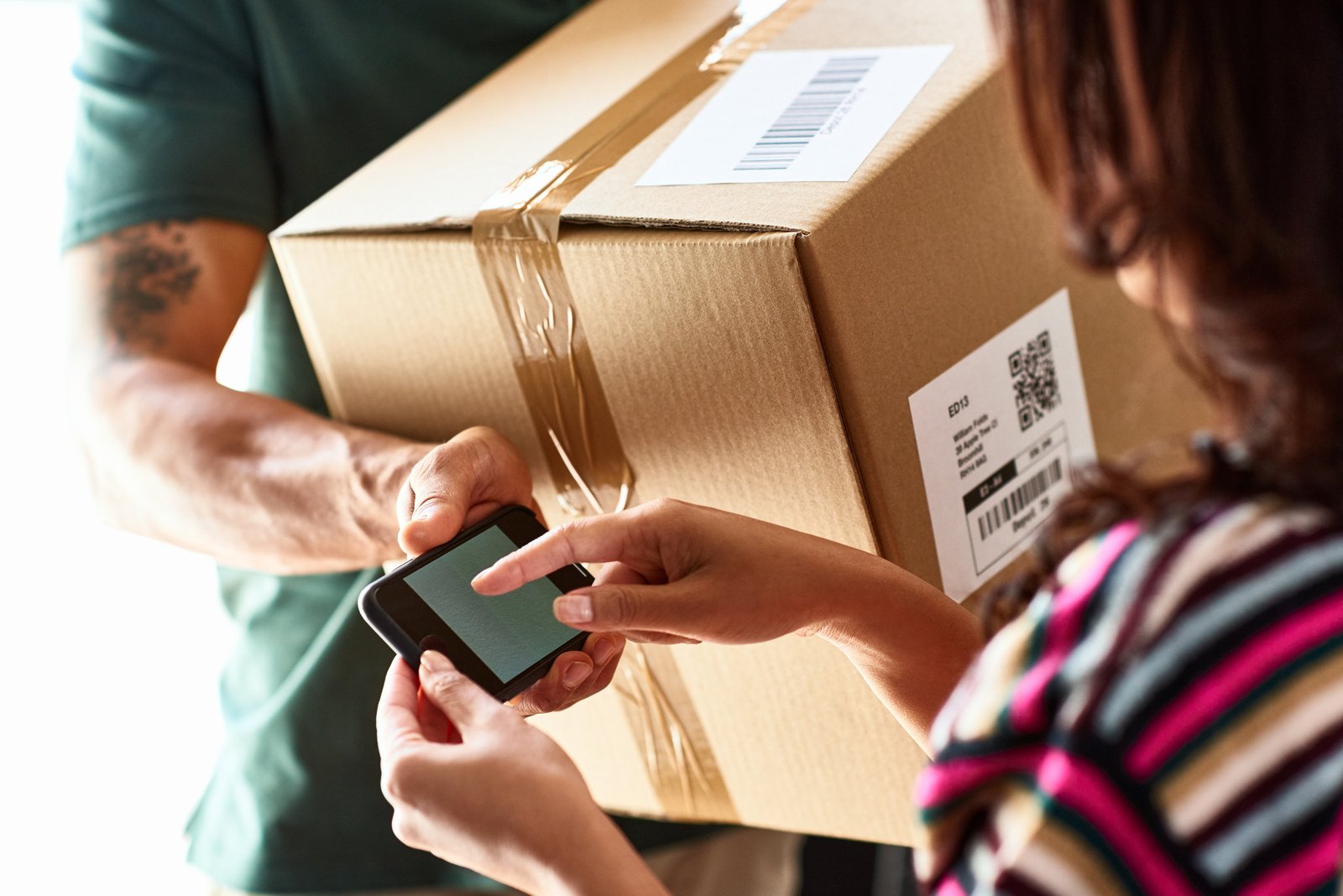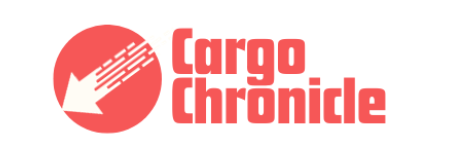Key Takeaways:
- Reverse Logistics is the process of controlling the flow of products or materials from the point of consumption to the point of origin.
- It includes activities like product returns, repairs, recycling, and disposal. Implementing reverse logistics can help firms save money, increase customer happiness, and reduce environmental impact.
- Creating a reverse logistics flow chart allows for a visual picture of the entire process, making it easier to identify areas for improvement.
- Businesses can improve their operations and gain income by applying best practices for handling reverse logistics.
- Businesses can optimize their operations and increase revenue by implementing best practices for managing reverse logistics.

Introduction
Welcome to our thorough flow chart guide for mastering the Reverse Logistics process.
Reverse Logistics is an important aspect of supply chain management since it manages product returns, repairs, recycling, and disposal.
In this article, we will look at the main components of reverse logistics, as well as the benefits and best practices for managing the process.
We will also provide step-by-step directions for constructing a reverse logistics flow chart to visually represent the complete process.
Whether you’re new to reverse logistics or looking to improve your current operations, this guide will provide you with the knowledge and resources you need to succeed.
Understanding reverse logistics
Before we go into the intricacies, let’s first create a solid understanding of reverse logistics.
Reverse logistics is the process of controlling the flow of products or materials from the point of consumption to the point of origin.
It includes activities like product returns, repairs, recycling, and disposal.
Unlike forward logistics, which focuses on delivering things to clients, reverse logistics is concerned with the reverse flow of goods.
This could be for a variety of reasons, such as client returns, product recalls, end-of-life disposal, or the necessity for repairs or refurbishment.
Businesses that properly manage reverse logistics can save costs, increase value, and improve customer satisfaction.
Key Components of Reverse Logistics
Reverse logistics includes numerous essential components that firms must consider when managing the process.
These components include:
- Product Returns: Managing consumer returns and coordinating the logistics.
- Repair and refurbishment: assessing and repairing things to make them sellable again.
- Recycling and Disposal: The proper disposal of things that cannot be repaired or remanufactured.
- Asset Recovery: Recovering value from returned or obsolete products through resale or recycling.
- Transportation and logistics: managing the transportation and logistical aspects of the reverse flow of commodities.
Businesses can improve their reverse logistics process and reduce costs by knowing and efficiently managing these essential components.
Benefits of Implementing Reverse Logistics
Implementing reverse logistics can provide firms with various benefits, including:
Cost Reduction: Businesses can minimize reverse logistics costs by managing product returns, repairs, and disposal more efficiently.
Increased customer happiness: By offering a streamlined return and repair process, firms may increase customer happiness and loyalty.
Environmental Impact: Reverse logistics enables firms to appropriately dispose of products, recycle resources, and limit their environmental impact.
Increased Value Recovery: By recovering value from returned or end-of-life products, organizations can increase their financial returns.
Businesses that recognize and capitalize on these benefits can acquire a competitive advantage and generate long-term success.
Creating a Reverse Logistics Flow Chart
A reverse logistics flow chart is a helpful tool for visualizing and analyzing the entire process.
Here are the procedures for creating a reverse logistics flow chart:
1. Identify Process Steps: Begin by outlining all of the procedures involved in the reverse logistics process, from product return to disposal.
2. Determine the sequence: Arrange the process steps in a logical order to demonstrate the flow of commodities and information.
3. Add decision moments: Identify moments in the process where various actions or paths can be taken.
4. Include timeframes: Indicate the projected timeframes for each process stage to help you understand the overall timeline.
5. Analyze and Optimize: Using the flow chart, identify bottlenecks, inefficiencies, and opportunities for improvement in the reverse logistics process.
By following these steps and regularly updating the flow chart, businesses can improve their reverse logistics operations and drive continuous improvement.
Best Practices for Managing Reverse Logistics
To effectively manage reverse logistics, firms should consider the following best practices:.
- Create a seamless return procedure. Streamline the return procedure to provide clients with a convenient and hassle-free experience.
- Implement robust quality control: conduct rigorous inspections and tests to evaluate the condition of returned products and take appropriate action.
- Optimize Transportation and Logistics: Select the most efficient transportation and logistics choices to save costs and increase speed.
- Work with Partners: Build strong relationships with suppliers, service providers, and recycling facilities to improve the reverse logistics process.
- Use Technology: Use modern technology, such as barcode scanning and tracking systems, to improve visibility and traceability.
Businesses that use these best practices can improve their reverse logistics operations and provide value to both consumers and stakeholders.

Conclusion
Finally, understanding the reverse logistics process is critical for firms to properly manage product returns, repairs, recycling, and disposal.
Businesses can obtain a competitive advantage by knowing the fundamental components of reverse logistics, identifying its benefits, and implementing best practices.
Creating a reverse logistics flow chart provides a visual depiction of the entire process, allowing organizations to discover areas for improvement and promote continual improvement.
This detailed flow chart guide provides you with the knowledge and resources you need to thrive at reverse logistics and achieve long-term success.
Begin using these methods today to realize the full potential of reverse logistics in your organization.
FAQ
What are the five steps of reverse logistics?
The five RL phases are critical for regulating the movement of items from consumption to origin.
- The first step is product returns, in which businesses manage client returns and start the reverse flow of items.
- The second step is repair and refurbishment, which involves inspecting and repairing things to get them back into sellable condition.
- The third phase involves recycling and disposal, which ensures the proper disposal of objects that cannot be fixed.
- The next step is asset recovery, which focuses on reselling or recycling returned or end-of-life products to recoup their value.
- Finally, transportation and logistics are regulated so that the reverse flow of commodities runs smoothly.
Businesses can optimize their reverse logistics process by properly following these five stages to save costs while increasing value. Businesses can optimize their reverse logistics process by properly following these five stages to save costs while increasing value.
What is the flow of reverse logistics?
RL is the process of handling the return of items or resources from the point of consumption to the point of origin.
This procedure comprises processing product returns, repairs, recycling, and disposal in an effective manner.
Businesses that use reverse logistics can save money, increase customer happiness, and lessen their environmental impact.
Creating a reverse logistics flow chart allows you to visually portray the entire process and find areas for improvement.
Businesses can optimize value and achieve long-term success in reverse logistics by adhering to best practices and streamlining operations.
What are the 5 R’s of reverse logistics?
The 5 Rs of RL are critical components that firms must address while implementing the process. These R’s are product returns, repair and refurbishment, recycling and disposal, asset recovery, and transportation and logistics.
Businesses can improve their reverse logistics process and reduce expenses by efficiently managing these essential components.
Implementing these 5R’s can help firms decrease costs connected with product returns, repairs, and disposal and boost customer happiness by offering a seamless return and repair process, reduce environmental effects by appropriately disposing of products, and maximize financial returns by recovering value from returned or end-of-life items.
By recognizing the relevance of these 5R’s and utilizing their benefits, firms may acquire a competitive edge and generate long-term success in managing reverse logistics.
What is the structure of reverse logistics?
The structure of RL is an important part of controlling the movement of products or resources from the point of consumption back to the source. This procedure includes a variety of tasks, such as product returns, repairs, recycling, and disposal.
Unlike forward logistics, which focuses on delivering products to clients, reverse logistics is concerned with the reverse flow of goods as a result of customer returns, product recalls, end-of-life disposal, or the need for repair.
Businesses may optimize operations, save costs, and improve customer satisfaction by successfully managing essential RL components such as product returns, repair and refurbishing, recycling and disposal, asset recovery, and transportation and logistics.
Creating a reverse logistics flow chart provides a visual depiction of the entire process, allowing organizations to discover areas for improvement and promote continual improvement.
Businesses can achieve long-term success by applying best practices and employing technology in reverse logistics.
Hope his information was helpful. For more, check out our previous blog posts by clicking here.

